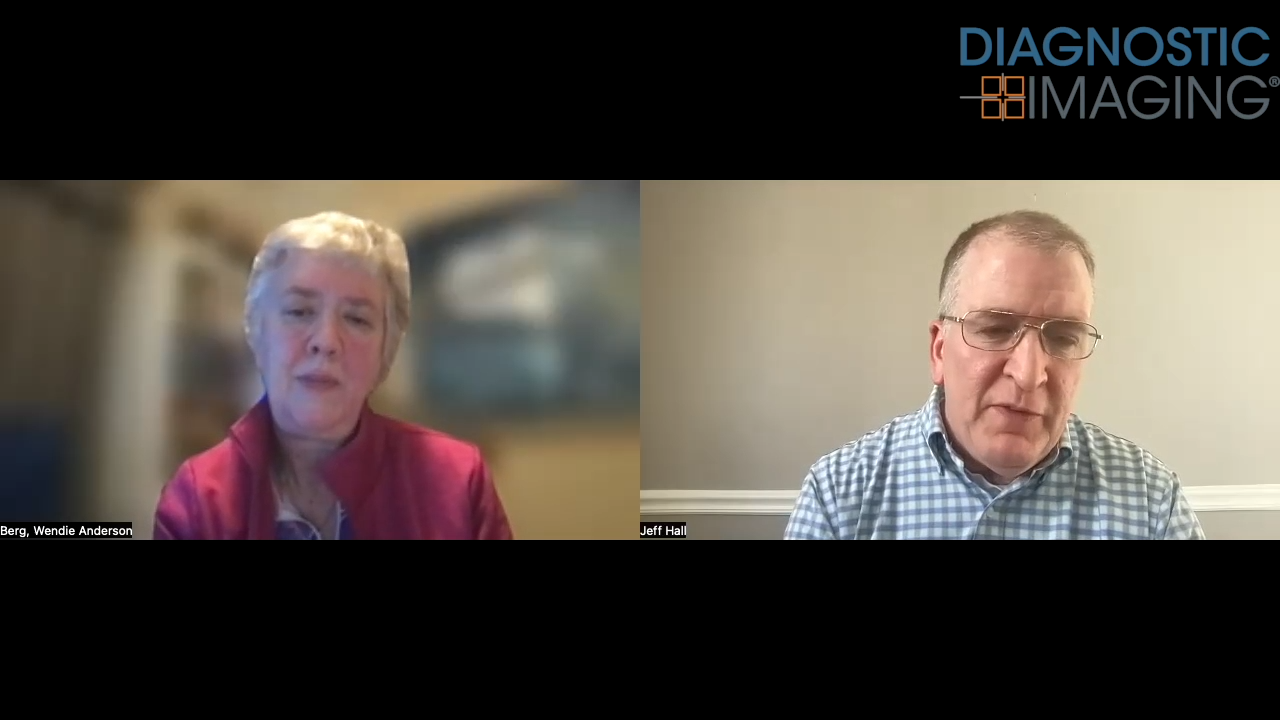Radiology in ACOs
This series focuses on what it’s like to be a radiologist in a variety of settings. Here, we focused on accountable care organizations.
For the past few years, radiology leaders have talked about the spread of accountable care organizations (ACO) and where radiology can fit into that model. Questions still exist about the role radiology can play, and the general consensus is that the specialty’s participation level is still unclear.
According to Suresh Mukherji, MD, chairman of radiology at Michigan State University, the confusion stems from the wide variety of ACO models that exist and their overarching nature.
“ACOs are designed at a very high level,” he said. “They’re based on an aggregate practice plan that compares practices and departments to a benchmark. But, the benchmark is variable.”
Still, some characteristics of how radiology can operate within the ACO model are coming into shape.
Payment
Overall, ACOs assign a patient to a specific health system, channeling all billing for services rendered through that one facility. It’s difficult to tease out individual costs associated with individual procedures, and there’s currently no line item for radiology, Mukherji said.
If you work for an academic practice associated with an ACO, the entire group bills under the same tax ID, so you aren’t responsible for filing your own paperwork. Be sure, though, that you discuss how payments will be distributed if you choose to enter this type of arrangement, he said.
Still, payments aren’t likely to be uniform across all ACOs, Mukherji said. Your reimbursement will be largely tied to your quality performance, but what qualifies as improvement isn’t in sync – it can vary from facility to facility and from payer to payer. For instance, Michigan State University received a value-based bonus from Blue Care Network for a 63.8% drop in outpatient utilization, but the same performance didn’t satisfy improvement criteria under Blue Cross Blue Shield of Michigan.[[{"type":"media","view_mode":"media_crop","fid":"55690","attributes":{"alt":"Physicians","class":"media-image media-image-right","id":"media_crop_6826476479750","media_crop_h":"0","media_crop_image_style":"-1","media_crop_instance":"6978","media_crop_rotate":"0","media_crop_scale_h":"0","media_crop_scale_w":"0","media_crop_w":"0","media_crop_x":"0","media_crop_y":"0","style":"height: 200px; width: 200px; border-width: 0px; border-style: solid; margin: 1px; float: right;","title":"©attem/Shutterstock.com","typeof":"foaf:Image"}}]]
Workflow
Moving to the ACO model has created a shift in focus throughout the health care industry. Instead of focusing on the individual patient one encounter at a time, population health is the main concern. It’s a new way of thinking, said James Whitfill, MD, chief medical officer for Scottsdale Health Partners, especially for radiology whose practitioners have spent their professional lives dealing with one study at a time.
Short of reading more scans more quickly, many in the industry have worried how the individual radiologist fits into the ACO model. According to Mukherji, active, effective participation means a change in your daily workflow. ACO-associated radiologists consult with referring physicians more to educate and encourage appropriate imaging utilization while helping facilities side-step inappropriate and redundant studies. It’s your way of helping to control costs and improve patient safety.
What Else You Can Do
As the ACO model has spread, it has continued to draw radiologists out of the reading room, pushing them into more visible roles within their facilities, said Rodney Owen, MD, a private practice radiologist with Scottsdale Medical Imaging.
Whenever possible, he said, you must volunteer to sit as a board member or to serve on a quality improvement or information technology committee. It’s critical, he said, because it gives you and your colleagues a voice in how imaging will be used and viewed going forward. Speaking up can ensure any imaging at your facility will be done appropriately and at a reasonable cost.
In addition, consider adding subspecialists to your department or practice. Having those skills available makes you a more valuable partner to referring physicians.
It’s also important, Mukherji said, to have a firm understanding of how your practice will choose to measure its own quality performance. Knowing the quality and performance metrics will help you stay abreast of how you’re being evaluated.
One Practice’s Experience
Although figuring out how radiology fits into an ACO can be confusing, there are things you can do to maximize your performance under this model.
For example, Radiology Consultants of the Midwest devised a three-legged workflow design that has benefited the overall practice, said Patricia A. Helka, MD, the practice’s past president. To ensure the practice offered the best service to referring physicians and patients, providers focused on call reporting, concierge radiology, and traveling interventional radiology.
With call reporting, each provider is required to call a certain number of referring physicians to discuss findings each day. These conversations offer providers the opportunity to build stronger relationships by sharing more nuanced test results, she said.
The practice also offers concierge service, offering subspecialty reads for referring offices on certain days. Having a set schedule has increased patient satisfaction, led to more conversations about appropriateness guidelines, and presented chances for more timely feedback.
By including traveling interventional radiology in its workflow model, Radiology Consultants has been able to expand its service reach to smaller or more rural offices that don’t have these types of providers on staff.
Overall, Helka said, the practice has flourished by changing its workflow to include more than just standard study reads. Within a year of implementing this system, the practice saw a 10% jump in referrals, as well as an uptick in questions about appropriateness guidelines. Patient satisfaction also ballooned by roughly 95% because they received results faster and had more personal contact with the radiologist reading their scans.
Benefits and Challenges
While the specific benefits to radiology for being involved in an ACO model are few, participating does get the specialty more involved in the direction health care is headed in the future, Mukherji said. If you sign up to be part of an ACO, you will play a role in how the overall health care industry will complete its paradigm shift toward population health. You’ll also be an active participant in value-based care and won’t be penalized for not contributing.
Still, transitioning to the ACO model hasn’t been easy, he said. The American College of Radiology, through Imaging 3.0, has offered some insight into how several ACOs have tackled the process. However, uniform guidelines for how you’re supposed to organize your daily workflow haven’t been available.
“Departments and practices have been left to decide how to use clinical decision support and make decisions about how to structure their departments,” he said. “Overall, ACO has not been a successful model for radiology.”
While it’s challenging for individual offices or departments to realize significant benefits from being ACO partners, the specialty is supporting the health care industry’s new path by working with referring physicians to control imaging utilization, ensure images performed are appropriate, and control costs. Overall, the impact will be an increase in quality, he said.
If you make sure your practice or department maintains this focus, you’ll be successful ACO partners. Just be sure you devise a strategy that will maximize your quality metrics as you go forward.
“Radiologists must be involved,” Mukherji said. “We have to have a seat at the table and sit down and be involved with any discussions.”
New Collaboration Offers Promise of Automating Prior Authorizations in Radiology with AI
March 26th 2025In addition to a variety of tools to promote radiology workflow efficiencies, the integration of the Gravity AI tools into the PowerServer RIS platform may reduce time-consuming prior authorizations to minutes for completion.
The Reading Room: Artificial Intelligence: What RSNA 2020 Offered, and What 2021 Could Bring
December 5th 2020Nina Kottler, M.D., chief medical officer of AI at Radiology Partners, discusses, during RSNA 2020, what new developments the annual meeting provided about these technologies, sessions to access, and what to expect in the coming year.
Study Explores Impact of Insurance on Treatment and Referrals for Patients with Uterine Fibroids
February 19th 2025Women with uterine fibroids and Medicaid coverage are significantly more likely to be treated with uterine artery embolization than those with commercial insurance, according to newly published research.










